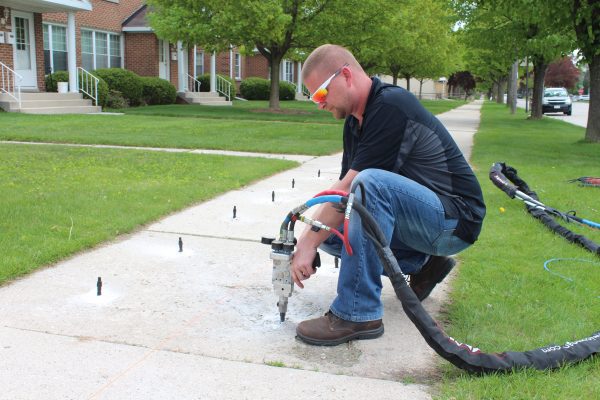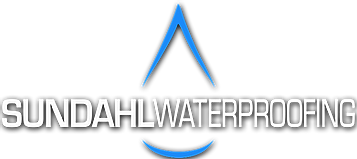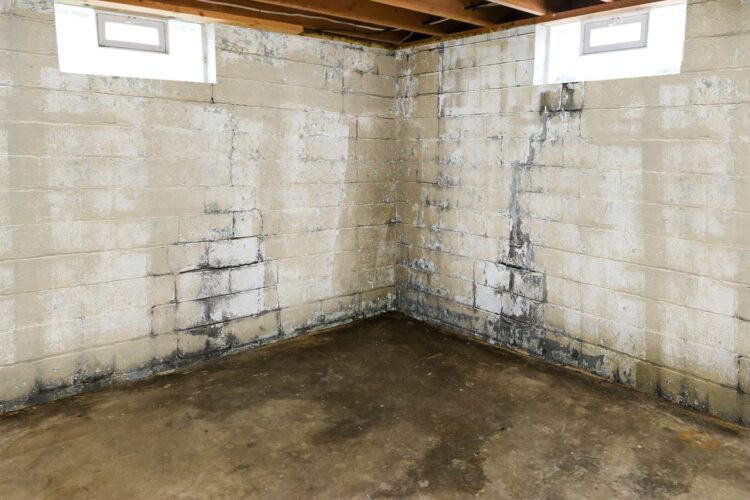
Fortifying Your Home: Practical Basement Waterproofing Methods
A dry and secure basement is essential for maintaining the health and structural integrity of your home. Basement waterproofing is a proactive measure that can save you from the headaches of water damage, mold growth, and compromised indoor air quality. In this article, we’ll explore practical basement waterproofing methods that homeowners can implement to fortify their homes against the perils of water intrusion.
Exterior Waterproofing
Overview:
Exterior waterproofing is a comprehensive approach that addresses water infiltration at its source, outside the foundation. This method is particularly effective in preventing water from reaching the basement walls.
Steps:
- Excavation: Excavate the soil around the foundation to expose the exterior walls.
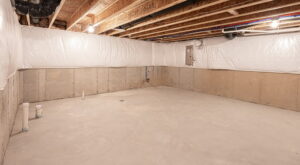
- Clean and Repair: Thoroughly clean the walls and repair any existing cracks or damage.
- Waterproof Membrane: Apply a waterproof membrane to the exterior walls, creating a barrier against water penetration.
- Drainage Systems: Install exterior drainage systems, such as French drains, to divert water away from the foundation.
- Backfill and Grade: After completing the waterproofing process, backfill the excavated soil and adjust the grade to ensure proper water runoff.
Pros:
- Provides a comprehensive solution by addressing water intrusion at the source.
- Protects the foundation from external pressure.
- Suitable for areas with high groundwater levels.
Cons:
- Requires significant excavation, making it labor-intensive and costly.
- Challenging to implement in homes with limited exterior access.
Interior Waterproofing
Overview:
Interior waterproofing focuses on managing water that has already infiltrated the foundation and preventing further issues from arising inside the basement.
Steps:
- Crack Injection: Seal existing foundation cracks with specialized polyurethane or epoxy injections.
- Interior Drainage Systems: Install interior drainage channels, such as drain tiles or baseboard systems, to collect and channel water to a sump pump.
- Sump Pump Installation: Install a sump pump in a designated pit to collect and pump water away from the home.
- Vapor Barriers: Apply waterproof coatings or vapor barriers to the interior walls, creating an additional layer of protection against moisture.
Pros:
- Can be implemented without extensive excavation.
- Addresses water infiltration from the inside, managing hydrostatic pressure.
- Suitable for homes with limited exterior access.
Cons:
- Does not prevent exterior water from reaching the foundation.
- Relies on managing water that has already entered the basement.
Crawl Space Encapsulation
Overview:
While not exclusive to basements, crawl space encapsulation is a crucial waterproofing method for homes with crawl spaces. It involves sealing the crawl space to prevent moisture intrusion.
Steps:
- Vapor Barrier Installation: Install a thick, durable vapor barrier on the crawl space floor and walls to prevent moisture from entering.
- Sealing Gaps and Vents: Seal gaps, vents, and openings in the crawl space to prevent outside air and moisture infiltration.
- Dehumidification: Use a dehumidifier to maintain optimal humidity levels, preventing mold growth and ensuring a dry environment.
Pros:
- Improves indoor air quality throughout the home.
- Prevents structural damage and mold growth in crawl spaces.
- Enhances energy efficiency by creating a conditioned space.
Cons:
- Requires access to the crawl space for installation.
- May not be applicable to homes without crawl spaces.
Concrete Waterproofing Coatings
Overview:
Concrete waterproofing coatings create a protective barrier on the interior or exterior surfaces of basement walls and floors, preventing water penetration.
Types:
- Crystalline Waterproofing: Penetrates the concrete and forms crystals to block water intrusion.
- Elastomeric Coatings: Flexible and durable, these coatings provide a protective layer on the surface.
- Silicate-based Coatings: React with the minerals in concrete to create a waterproof barrier.
Pros:
- Relatively easy and quick to apply.
- Can be used as a standalone solution or in conjunction with other waterproofing methods.
- Suitable for both new construction and existing homes.
Cons:
- May require reapplication over time, depending on the type of coating used.
- Not effective for addressing severe structural issues or extensive water infiltration.
Exterior Grading and Drainage Improvement
Overview:
Improving the grading and drainage around the exterior of your home can prevent water from accumulating near the foundation.
Steps:
- Grading Adjustment: Ensure that the ground slopes away from the foundation, directing water away from the home.
- Downspout Extensions: Install downspout extensions to carry water at least six feet away from the foundation.
- French Drains: Install French drains to collect and divert groundwater away from the foundation.
Pros:
- Cost-effective and relatively simple to implement.
- Reduces the risk of hydrostatic pressure on the foundation.
- Complements other waterproofing methods.
Cons:
- May not be sufficient as a standalone solution in areas with high water tables.
- Requires periodic maintenance to ensure continued effectiveness.
Window Well Covers
Overview:
Window well covers are protective shields placed over basement windows to prevent water, debris, and pests from entering.
Benefits:
- Water Prevention: Covers prevent rainwater from entering window wells and seeping into the basement.
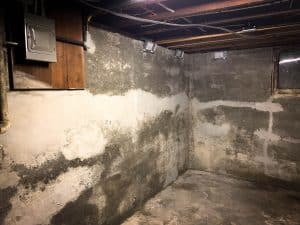
- Safety: Acts as a safety barrier to prevent accidents and falls into the window well.
- Debris and Pest Control: Keeps leaves, debris, and pests out of the window well, maintaining a clean and secure environment.
Pros:
- Affordable and easy to install.
- Enhances the overall waterproofing system by targeting vulnerable entry points.
- Durable and long-lasting.
Cons:
- Window well covers may need periodic cleaning.
- Customization may be required for irregularly shaped window wells.
Basement waterproofing is a crucial investment in protecting your home from the damaging effects of water intrusion. The practical methods discussed above offer a range of solutions, from addressing exterior vulnerabilities to managing interior moisture. Whether you’re dealing with existing water issues or taking a proactive approach to prevent future problems, implementing a combination of these practical basement waterproofing methods will help fortify your home against the challenges posed by shifting soil, heavy rainfall, and other potential threats. Don’t wait until water damage becomes a costly and hazardous problem – prioritize basement waterproofing to ensure the longevity, safety, and health of your home.
Contact the Professionals at Sundahl Waterproofing Today! (914) 834 9212
